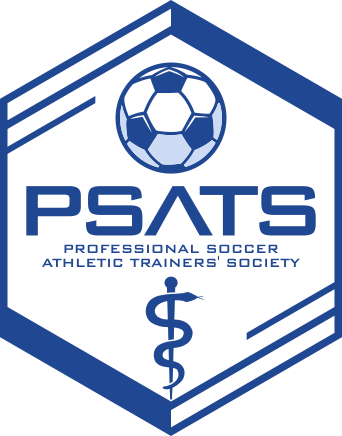FLOSSING (joints, muscles, and tendons)- Mechanisms and Applications
Tightly wrapping a muscle/tendon, joint, or all at the same time with an overlapping rubber floss band (usually latex, approximately 2″x7′) compresses the underlying tissue. The wrapped area is taken through a full range of motion (ROM) using open chain movements, followed by closed chain functionally specific movements.
Posted by: KSherry
FLOSSING (joints, muscles, and tendons)- Mechanisms and Applications
Mechanisms
Tightly wrapping a muscle/tendon, joint, or all at the same time with an overlapping rubber floss band (usually latex, approximately 2″x7′) compresses the underlying tissue. The wrapped area is taken through a full range of motion (ROM) using open chain movements, followed by closed chain functionally specific movements.
The technique has been widely adopted with the idea that it can break up soft tissue adhesions and help flush accumulated metabolites which may be hindering movement performance. While some soft tissue changes may take place, most of the detectable change is likely due to reactive increases in blood, lymphatic, and fascial fluid flow to the muscles and nerves after temporary restriction, in addition to fascial shearing forces and neurological feedback due to joint centration and skin strain stimulation.
When a joint is at the point of maximal congruence, a joint is optimally positioned, or “centrated.” Joints accept the greatest loads with the least stress when they are considered at a point of centration. This joint position allows the muscles in the vicinity of the primary movers of the action around the joint to rely on increased irradiation of the working musculature, which further assists in the ability to safely handle higher loads and use more optimal movement patterns. An improved motor pattern can be quickly established by the central nervous system (CNS) more easily when a joint is centrated. Over time, with the floss bands’ pattern assistance, the movement becomes more properly ingrained, which allows tissues to be stressed more optimally for increased performance and adaptation.
Floss band compression (with movement) can alter the fascia's relation to all other aspects of the underlying musculoskeletal and nervous systems. Some areas of the fascia may have more tension that may be shifted to other areas because of the inter-layer shear the bands provide during movements. Fascial layers are densely packed with mechanoreceptors, which are deeply and superficially integrated within all soft tissue structures to transmit multidirectional force information to surrounding nerves and ultimately the brain. This is some of the information the brain uses to determine whether a movement is safe and allowable under given load circumstances, in addition to joint centration.
The skin strain one feels during floss band application is not to be ignored. The largest organ in the body provides amazing information to the brain concerning the body’s position and how it may be moving (or not). The amount of stretch, compression, and/or shear the skin transmits greatly affects one’s perception of not only movement, but pain during movement. Most skin irritation (including red marks) are transient, and resolve within minutes to hours.
Not only does the fascial component get affected by the floss bands’ compression, the underlying nerves do. The nerves’ signal transmission is decreased because of the supplying blood vessels delivering less oxygen, due to decreased blood flow. Locally stored vasodilators, prostaglandins, and intracellular nitric oxide are released, which leads to hyperemia once the bands are removed. Increased blood flow to the target area could help with tissue hydration, and subsequently healing and performance.
To be clear, using floss bands is not comfortable, but if one understands how nociception works in relation to perceived pain, then the discomfort one feels during the application of floss bands and subsequent movement pattern re-education becomes worth it. Once the bands are removed, perceived pain is decreased and movement is improved (usually increased pain free ROM) almost immediately.
Extra https://www.youtube.com/watch?v=eg1jjQR8t4I&feature=youtu.be




